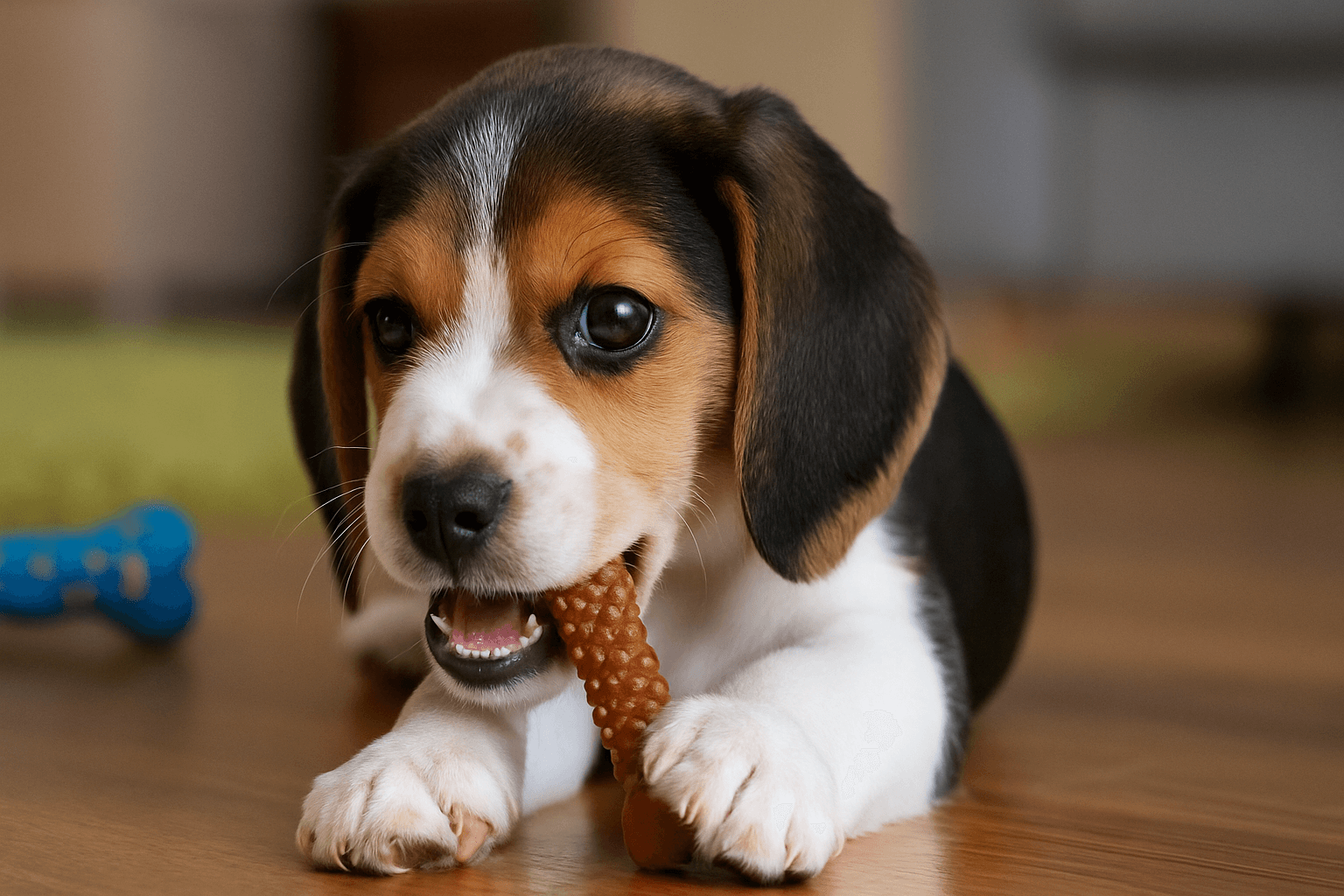Welcoming a new puppy into your home is such an exciting time — but it also comes with a fair share of challenges, especially when it comes to their teeth! Understanding puppy dental development and the puppy teething stages can help you support your furry friend through this sometimes tricky period. Whether you’re a first-time dog parent or adding another pup to your pack, knowing what to expect and how to care for those tiny teeth is crucial for lifelong puppy oral health.
Understanding Puppy Dental Development
Puppies are born without teeth, but their smile quickly changes as their baby teeth (also called deciduous teeth) start to appear. Typically, puppy teeth begin to emerge around 3 weeks of age, and by 6 to 8 weeks, most puppies have a full set of 28 sharp baby teeth. These tiny chompers help them nurse and explore their world.
Between 3 to 6 months, your puppy enters the teething stage, during which those baby teeth fall out and adult teeth take their place — about 42 teeth in total. This period can be uncomfortable for your pup, leading to increased chewing and sometimes fussiness.
The Stages of Teething in Puppies
- 3-6 weeks: Baby teeth start to come in.
- 8 weeks: Most baby teeth are visible.
- 3-4 months: Baby teeth begin to loosen and fall out.
- 4-6 months: Adult teeth erupt, replacing baby teeth.
- 6-7 months: Full adult teeth set in, usually 42 permanent teeth.
During this time, your puppy may drool more, chew excessively, and sometimes have swollen gums. This is all normal! Providing appropriate chew toys and a little extra patience goes a long way.
How to Support Your Puppy’s Teeth Care
Caring for puppy teeth early sets the foundation for a lifetime of good oral health. Here are some friendly tips to keep your puppy’s smile bright and pain-free:
Do’s:
- Provide safe chew toys: Look for toys designed specifically for teething puppies. These can soothe sore gums and redirect chewing away from your furniture.
- Introduce tooth brushing early: Use a soft-bristled puppy toothbrush and pet-safe toothpaste. Start slowly with gentle brushing sessions to build comfort.
- Offer dental-friendly treats: Certain treats can help reduce plaque buildup. Check out more healthy treats for dogs to support dental care naturally.
- Keep an eye on your pup’s mouth: Watch for broken teeth, excessive redness, or bad breath, which can signal dental issues.
Don’ts:
- Avoid hard chews: Steer clear of very hard bones or antlers that can crack developing teeth.
- Don’t ignore persistent chewing problems: Excessive chewing or mouth sensitivity might need a vet’s attention.
- Skip human toothpaste: Human toothpaste is toxic to dogs—always use pet-safe products.
Personal Experience: Helping Max Through Teething
When my golden retriever Max was teething, he was a little whirlwind of drool and chewing! I found that freezing his rubber chew toys made a huge difference—those cold toys helped numb his sore gums. Starting to brush his teeth gently at 8 weeks helped him get used to the routine early. Now, years later, his dental checkups have always been a breeze, thanks to those early habits.
Why Puppy Oral Health Matters Long-Term
Good habits in puppy teeth care prevent painful issues like gum disease, tooth loss, and infections down the road. Since dental health is closely linked to overall well-being, keeping your pup’s teeth in great shape contributes to a happier, healthier dog throughout their life.
If you want to dive deeper, your vet can recommend the best dental care routine tailored for your puppy’s breed and needs.
Summary
Puppy dental development is a fascinating journey full of milestones and a bit of mess! Understanding the puppy teething stages and offering the right care during this time sets your puppy up for a lifetime of healthy smiles. Remember to provide safe chew toys, brush gently, and watch for any signs of discomfort. With patience and love, teething becomes just another chapter in your wonderful puppy-parenting adventure.
Frequently Asked Questions (FAQs)
What are the typical stages of puppy teething?
How can I soothe my puppy’s sore gums during teething?
When should I start brushing my puppy’s teeth?
Are human toothpaste products safe for puppies?
What signs indicate a dental problem in puppies?
Can dental treats really help puppy oral health?

About SniffnTail
SniffnTail is your go-to destination for everything pets. From helpful advice, tips, and insights to thoughtfully selected products and resources, we’re here to support pet owners at every stage of their journey. Whether you're caring for a playful pup, a wise old cat, or anything in between, SniffnTail offers tools and knowledge to make pet parenting easier and more joyful.
Related Articles
 Health & Wellness • 6 min read
Health & Wellness • 6 min readHow Do Dogs Feel After Grooming? Facts & Vet-Verified Tips to Help
Wondering how dogs feel after grooming? Discover vet-verified facts, signs of happy pups, and expert tips to help your dog relax and enjoy post-grooming care.
 Health & Wellness • 7 min read
Health & Wellness • 7 min readHow to Give a Dog a Bath: A Complete Guide (Vet Approved)
Learn the vet-approved, step-by-step guide on how to give your dog a bath comfortably and safely. Tips, do's and don'ts, and expert advice for a happy, clean pup.
 Health & Wellness • 7 min read
Health & Wellness • 7 min readLabrador Retriever Separation Anxiety: The Social Dog's Challenge
Discover how to manage Labrador Retriever separation anxiety, rooted in pack mentality and deep family bonding. Expert tips for easing stress in this loving breed.

